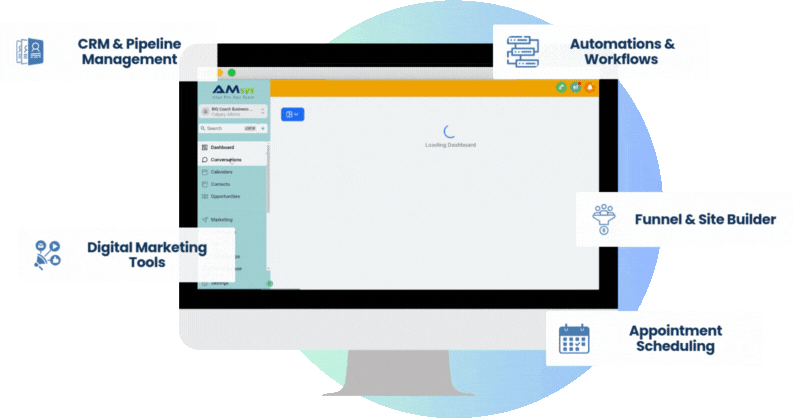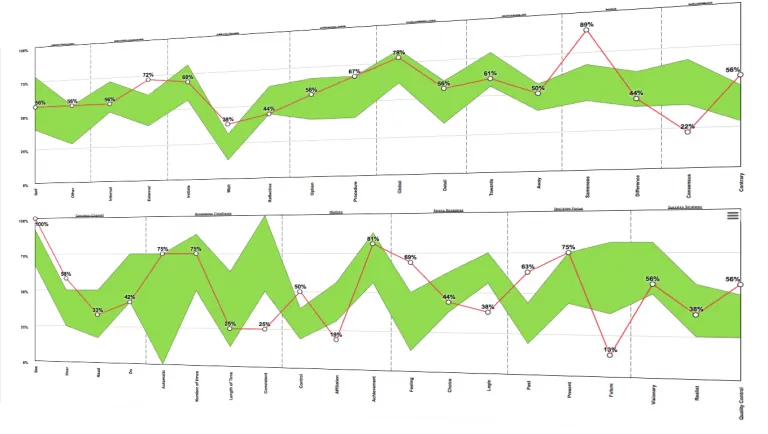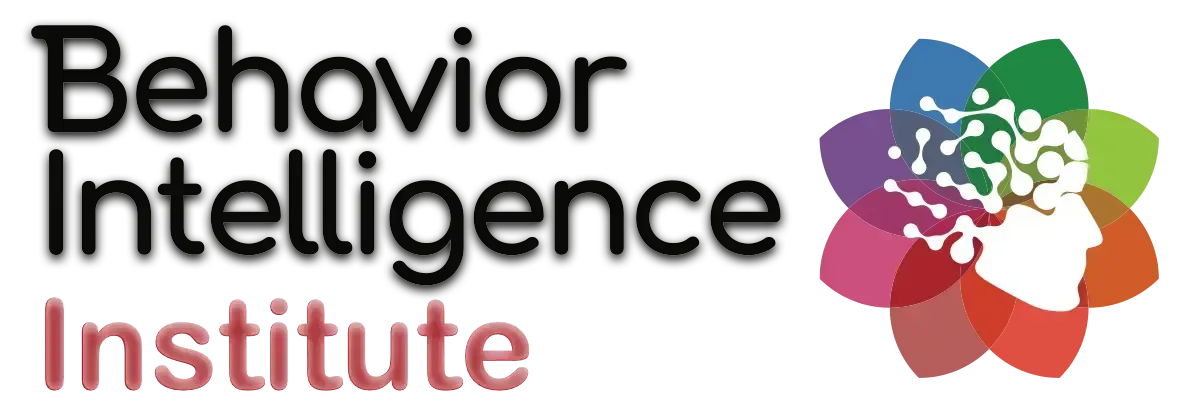Contact Us





Login/Register
Contact Us





Login/Register

Emotional Mastery: Turn Your Emotional Triggers Into Leadership Power
In leadership, emotion isn’t your enemy—it’s your untapped edge. Emotional triggers, if left unmanaged, can erode your credibility, derail your decisions, and damage your team’s trust. But when understood and harnessed, those very triggers can become powerful catalysts for leadership transformation.
Let’s explore how.
Why Emotional Mastery (Not Just Emotional Intelligence) Matters
We’ve all been there—moments when frustration boils over, or anxiety takes the wheel. Maybe you fire off an email too quickly or shut down in the middle of a conflict. These moments are common. But repeated often enough, they don’t just become habits—they become your leadership style.
Most people think emotional control is about staying calm. But mastery is different. Emotional mastery is about awareness, agility, and alignment—being able to leverage your emotions, not suppress them.
“You weren’t born with your triggers. You developed them. That means you can retrain them.”

The Problem with Suppression and the Myth of “Staying Calm”
Leaders are often taught to hide emotion—to suppress anger, ignore frustration, and mask anxiety with logic. But this bottling-up creates two major risks:
Implosion: internal burnout and stress
Explosion: emotional outbursts that damage trust
True emotional mastery isn’t about ignoring emotion. It’s about recognizing it early, understanding its message, and responding with intention.
The Leadership Cost of Unmanaged Emotion
Without emotional mastery, the impact compounds:
Poor decision quality
Loss of team trust
Culture erosion
High energy drain
Reactive leadership style
Unchecked triggers don’t just affect you—they affect your team's performance, morale, and long-term outcomes.

Common Leadership Triggers
These moments may sound familiar:
A team member misses a deadline
Someone challenges your expertise
You feel micromanaged
You witness inefficiency or unfairness
Public criticism in a meeting
Each of these situations can trigger emotional responses tied to deeper values, beliefs, or past experiences. The key is learning to notice and reframe them before they take over.
From Trigger to Behavior: Understanding the Loop
Every emotional reaction follows a loop:
Trigger → Physical Sensation → Emotion → Thought Story → Observable Behavior
We often don’t realize we’re reacting until it’s too late. But leadership mastery is about interrupting the loop before the behavior damages trust or results.
“People can’t see your emotions. They only see your behavior. And behavior is what builds—or breaks—credibility.”

The 4 Levels of Emotional Mastery
Reactive – Immediate, unconscious reaction
Recognizing – You realize too late you overreacted
Responding – Pause before reacting; You catch yourself before reacting
Leveraging – You automatically redirect emotion to aligned behavior
Most leaders live in levels 1–2. The real shift happens at levels 3–4—and getting there is learnable.
The FIRE Method: A 4-Step Emotional Mastery Framework
A practical way to shift from reaction to intention:
🔥 F — Feel Fully
Don’t suppress emotion—acknowledge it.
“I notice I’m feeling frustrated/anxious/angry.”
Naming it reduces its power. Awareness is the first step to transformation.
🔥 I — Investigate the Message
Ask: What’s this emotion trying to tell me?
What value or goal feels threatened?
Is this about me or the situation?
What belief is being challenged?
🔥 R — Regulate Your Response
Pause. Breathe. Think clearly.
Try the 4-4-6-2 technique:
Inhale 4 → Hold 4 → Exhale 6 → Pause 2
This lowers cortisol, calms the amygdala, and restores clarity.
🔥 E — Engage with Intention
Now choose your behavior.
What outcome do I want?
What action aligns with my leadership values?
How will this look in 10 minutes…10 days…10 years?
Emotional Reframing in Action
Let’s explore how to turn three intense emotions into productive fuel:
⚡️ Anger → Purpose
Anger often signals that something important—like a team value—is being threatened. Instead of lashing out, channel that drive into clear, direct action that protects what matters.
⚡️ Frustration → Problem-Solving
Frustration usually reveals a gap between the desired outcome and current reality. Use it to fuel root-cause thinking, post-critiques, and pre-critiques that lead to better systems.
⚡️ Anxiety → Strategic Planning
Anxiety reflects perceived risk. Turn it into thoughtful planning, testing, and iteration—especially when navigating uncertainty or launching something new.

Behavior Over Emotion: Why Behavior Intelligence Matters
No one can see your emotion—but everyone sees your behavior.
This is why we focus on Behavior Intelligence: the ability to align your external actions with your internal awareness and values. This is where leadership power lives.
“Behavior Intelligence is the underpinning of Leadership Intelligence.”
Practical Tips to Build Mastery (Start Today)
Morning check-in: What emotions might come up today? How will I handle them?
Evening reflection: What triggered me today? How could I respond better next time?
Daily FIRE practice: Apply one part of the method intentionally, even for small moments.
Behavior loop feedback: Use team input or cues to recognize patterns and pause earlier.
Use support systems: Visual cues, accountability partners, or reflective journaling.
Progress Takes Practice
Mastery doesn’t come from information—it comes from repetition. Like building muscle at the gym, the first few weeks will feel sore. You’ll slip. That’s normal.
The goal is not perfection—it’s progress.
Week 1: You’ll notice patterns
Week 2: You’ll pause more
Week 3+: You’ll begin choosing better actions automatically
Eventually, emotional mastery becomes part of your identity—not a task on your to-do list.
Final Thought: Emotion Is Not a Weakness—It’s Your Leadership Superpower
Your ability to feel, process, and redirect emotion isn’t a flaw—it’s what makes you human. And when used intentionally, it becomes a leadership force that inspires, connects, and builds cultures people want to be part of.
“Turn your emotional triggers into teaching moments—for yourself, and for your team.”
Ready to Level Up?
If you’re ready to develop your emotional and behavior intelligence as a leader or coach, apply now to join our Leadership Intelligence Certification program. You’ll gain tools, coaching, and neuroscience-backed techniques to build mastery that drives real-world results.
👉 Learn more at behaviorintelligence.com
Subscribe to our Newsletter!
Get the latest insights on coaching, behavior intelligence, & leadership.

Copyright 2025 • All Rights Reserved
Behavior Intelligence Organization is a Division of NLP Profiles Inc.
Terms of Use | Privacy Policy









